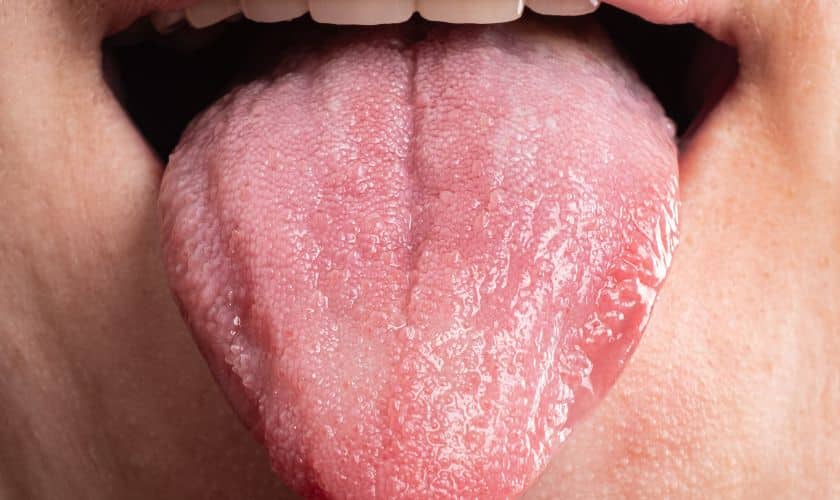April is Oral Cancer Awareness Month, a time dedicated to raising awareness about a disease that affects thousands of lives each year. Oral cancer can be a silent threat, often going unnoticed until it reaches advanced stages. However, understanding the warning signs and symptoms is crucial for early detection and successful treatment. In this blog post, we’ll delve into what you need to know about oral cancer warning signs, risk factors, and the importance of proactive measures.
Understanding Oral Cancer
Oral cancer refers to cancer that develops in any part of the mouth, including the lips, tongue, gums, palate, and inner lining of the cheeks. It occurs when cells in the mouth undergo abnormal changes and begin to grow uncontrollably, forming malignant tumors. Like many other types of cancer, early detection is key to improving treatment outcomes and survival rates.
Recognizing Warning Signs
Being aware of the warning signs and symptoms of oral cancer is crucial for early detection. While symptoms may vary from person to person, some common signs to watch out for include:
- Persistent Mouth Sore: A sore in the mouth that doesn’t heal within a few weeks could be a sign of oral cancer. This sore may be painless or accompanied by discomfort.
- Red or White Patches: Red or white patches in the mouth, on the tongue, or on the lips can indicate abnormal cell growth and should be evaluated by a healthcare professional.
- Lump or Thickening: A lump, bump, or thickening in the mouth, throat, or neck area may be a sign of oral cancer. Any unusual growth should be examined promptly.
- Difficulty Swallowing or Chewing: Difficulty swallowing or chewing, persistent sore throat, or a feeling of something stuck in the throat could indicate a problem in the mouth or throat, including oral cancer.
- Changes in Voice: Hoarseness or changes in voice quality that persist for an extended period may be a symptom of oral cancer affecting the throat or vocal cords.
Risk Factors
Several factors can increase the risk of developing oral cancer, including:
- Tobacco Use: Smoking cigarettes, cigars, pipes, or using smokeless tobacco products significantly increases the risk of oral cancer.
- Alcohol Consumption: Excessive alcohol consumption, particularly when combined with tobacco use, escalates the risk of developing oral cancer.
- Human Papillomavirus (HPV) Infection: Certain strains of HPV, especially HPV-16, have been linked to an increased risk of oral cancer.
- Poor Oral Hygiene: Neglecting proper oral hygiene can contribute to the development of oral cancer.
- Sun Exposure: Prolonged exposure to the sun can increase the risk of lip cancer.
Take Action: Importance of Regular Screenings
Regular screenings for oral cancer are essential for early detection and improved treatment outcomes. Dentists and oral health professionals are trained to recognize early signs of oral cancer during routine dental check-ups. These screenings typically involve a visual examination of the mouth and may include additional tests such as a biopsy if abnormalities are detected.
Conclusion
As we observe Oral Cancer Awareness Month, let’s prioritize our oral health and be vigilant about recognizing the warning signs of oral cancer. By staying informed, understanding the risk factors, and taking proactive measures such as regular screenings and avoiding tobacco and excessive alcohol consumption, we can reduce the impact of oral cancer on our lives and communities. Remember, early detection saves lives. If you notice any symptoms or have concerns about your oral health, don’t hesitate to consult with a healthcare professional. Your health and well-being are worth it.


